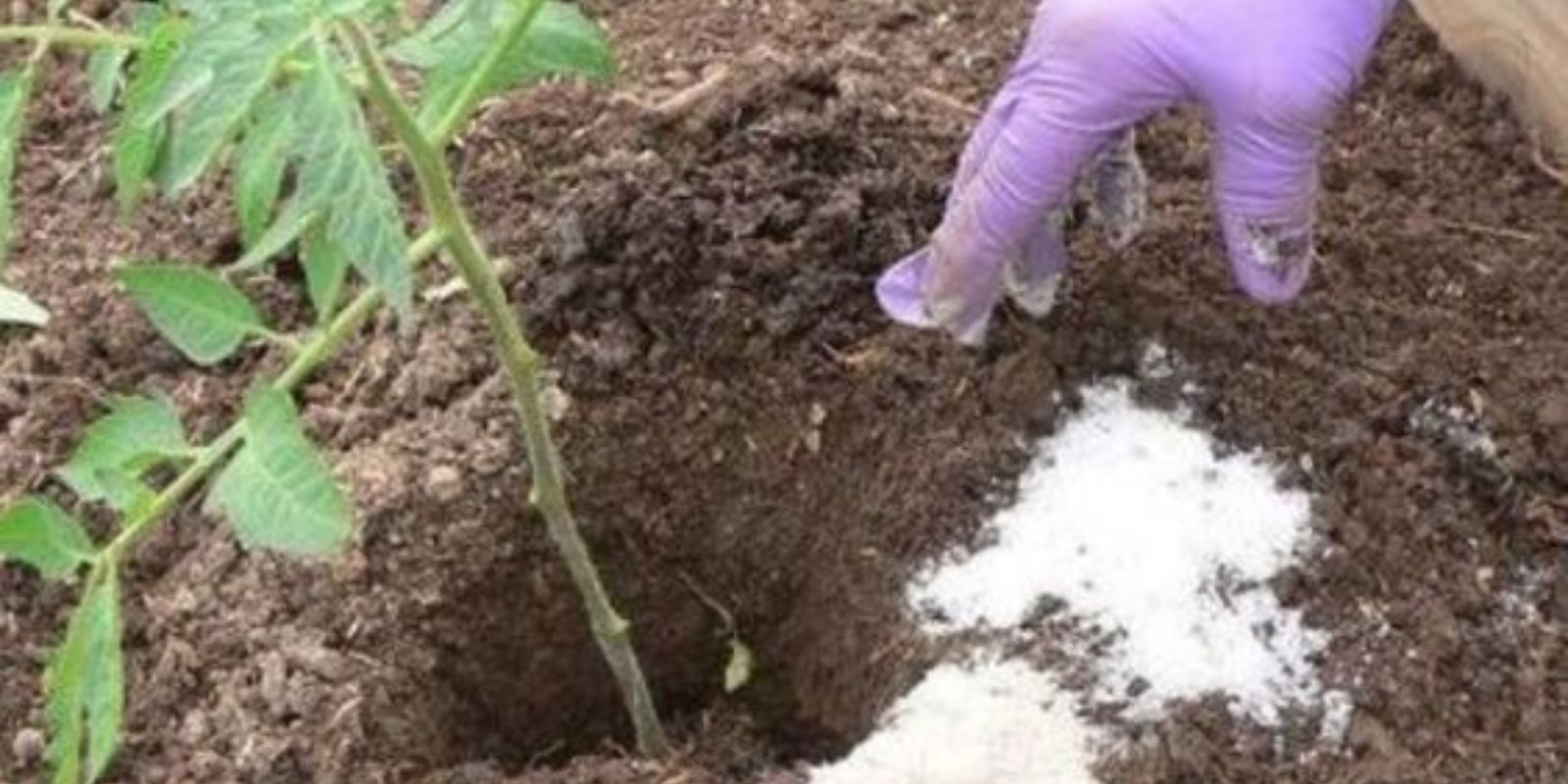Gardening is both an art and a science, requiring a deep understanding of plant care and the ability to adapt to the specific needs of each species. While many gardeners rely on traditional methods and store-bought fertilizers, some secrets have been passed down through generations that can offer surprising benefits. One such secret is the use of salt in gardening. This might seem counterintuitive at first, given that salt is often associated with harming plants. However, when used correctly, certain types of salt can actually promote plant health and growth. This article explores the benefits, methods, and precautions of using salt in your garden.
The Benefits of Salt in Gardening
Salt, particularly Epsom salt and sea salt, contains essential minerals that can enhance plant health. Epsom salt, chemically known as magnesium sulfate, provides magnesium and sulfur—two critical nutrients for plant growth. Magnesium is a central component of chlorophyll, the molecule that allows plants to photosynthesize, and is essential for various enzymatic processes. Sulfur is crucial for protein synthesis and overall plant health.
Sea salt, on the other hand, contains a wide range of trace minerals that can benefit soil and plants. These minerals include potassium, calcium, and magnesium, which are vital for plant development. Using sea salt can help in replenishing nutrient-depleted soils and improving plant vitality.
How to Use Salt in the Garden
1. Epsom Salt for Enhanced Growth
Materials Needed:
- Epsom salt
- Watering can or spray bottle
Instructions:
- Dilute the Salt: Mix 1 tablespoon of Epsom salt in a gallon of water. This solution can be used to water your plants.
- Water Your Plants: Apply the solution to the base of your plants once a month. This helps improve nutrient absorption, especially for plants like tomatoes, peppers, and roses.
- Foliar Spray: For a quick nutrient boost, use a spray bottle to mist the leaves with the Epsom salt solution. This allows for direct absorption through the foliage.
Epsom salt is particularly beneficial for plants showing signs of magnesium deficiency, such as yellowing leaves and poor growth. Regular application can result in greener foliage, stronger stems, and more abundant flowers and fruits.
2. Sea Salt for Soil Enrichment
Materials Needed:
- Sea salt
- Watering can
Instructions:
- Dilute the Salt: Mix 1 teaspoon of sea salt in a gallon of water. Sea salt is potent, so a little goes a long way.
- Water the Soil: Pour the solution around the base of your plants. This can be done once every few months to replenish trace minerals in the soil.
Using sea salt can improve soil structure and promote the growth of beneficial microorganisms. This leads to healthier, more resilient plants that can better withstand environmental stresses.
3. Salt for Pest Control
Materials Needed:
- Table salt or sea salt
- Water
Instructions:
- Create a Salt Barrier: Sprinkle a thin layer of salt around the base of plants to deter pests like slugs and snails. Be cautious not to overapply, as excessive salt can harm plants.
- Direct Application: For pest infestations, mix a stronger salt solution (2 tablespoons of salt in a gallon of water) and spray directly onto the pests. This method is particularly effective for dealing with aphids and other soft-bodied insects.
Salt acts as a natural pest deterrent by dehydrating and repelling unwanted insects. However, it is important to use this method sparingly to avoid damaging your plants.
Precautions and Considerations
While salt can be beneficial for gardening, it must be used with caution. Here are some important considerations to keep in mind:
- Type of Salt: Not all salts are created equal. Epsom salt and sea salt are beneficial for plants, while table salt (sodium chloride) can be harmful. Always use the appropriate type of salt for gardening purposes.
- Concentration: High concentrations of salt can lead to soil salinity issues, which can harm plant roots and reduce soil fertility. Always dilute the salt properly and avoid overapplication.
- Soil Testing: Before using salt in your garden, consider testing your soil. This can help you understand its current nutrient levels and avoid overloading it with minerals.
- Plant Sensitivity: Some plants are more sensitive to salt than others. If you are unsure about a particular plant’s tolerance, test the salt solution on a small area first and observe the response.
Case Study: Using Epsom Salt in Tomato Plants
Tomato plants are known to benefit significantly from Epsom salt. Gardeners have reported larger, sweeter fruits and healthier plants when using Epsom salt regularly.
Method:
- At the time of planting, mix 1 tablespoon of Epsom salt into the soil of each planting hole.
- Throughout the growing season, water the tomato plants with the Epsom salt solution once a month.
Results:
- Improved fruit set and size
- Greener, more vigorous foliage
- Reduced blossom end rot, a common issue caused by calcium deficiency that can be exacerbated by low magnesium levels
Conclusion
Using salt in gardening may sound unconventional, but it can be a powerful tool when used correctly. Epsom salt and sea salt provide essential nutrients that can boost plant growth, improve soil health, and deter pests. By understanding the appropriate types and methods of application, gardeners can harness the benefits of salt to create a thriving, healthy garden.
Remember, moderation and proper usage are key. Always monitor your plants’ responses and adjust your approach as needed. With these insights, you can unlock the gardener’s secret and enjoy a more bountiful and vibrant garden. Start incorporating salt into your gardening routine and witness the incredible transformation in your plants. Happy gardening!

